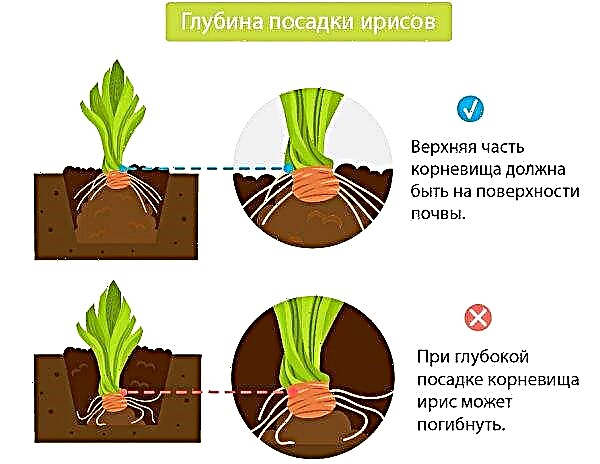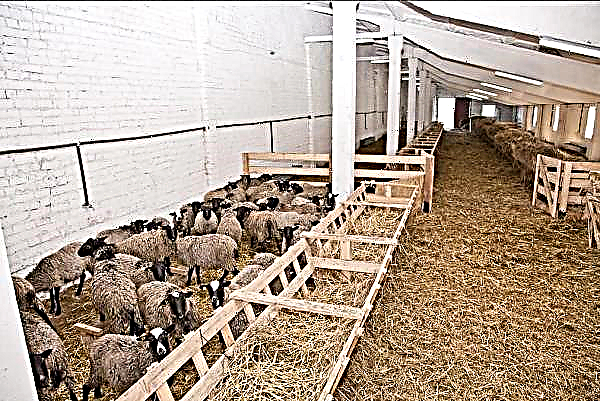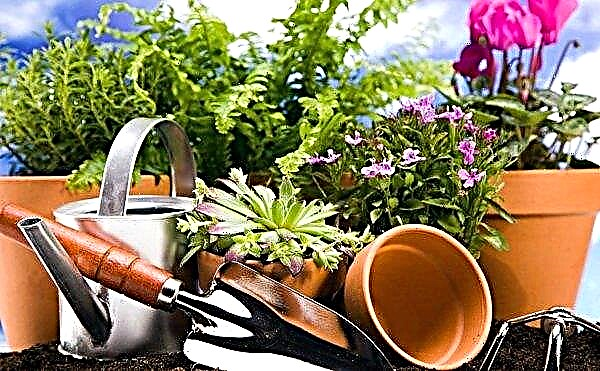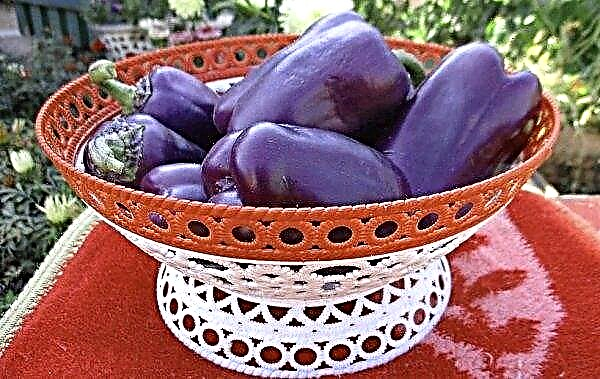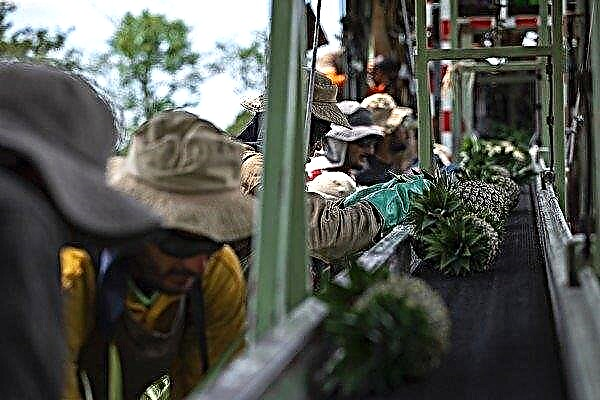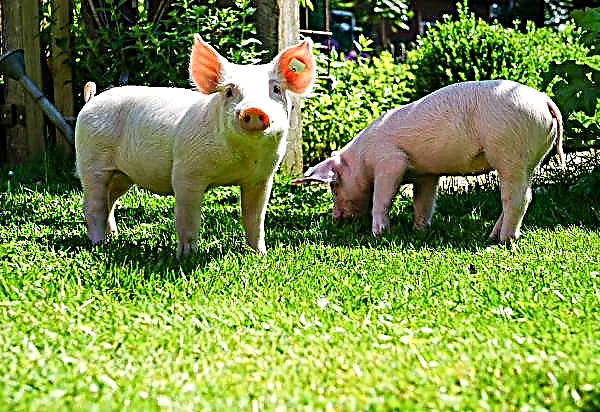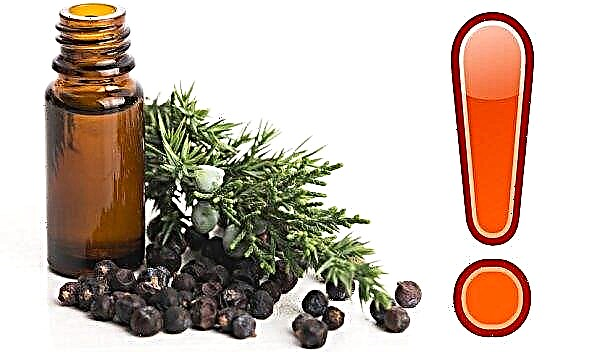If you want your summer cottage to please you and your guests for many years, then you need to constantly look after it. Sometimes it happens that the water in it is polluted or blooms. Many are interested in why the pond has muddy water. You will find the answer to this question in the article, as well as learn about methods for cleaning and preventing pollution of domestic water bodies.
Why the pond has muddy water
Biologists identify several groups of artificial ecosystems. If the volume of water does not reach 100 m³, then we are talking about small ponds, called puddles. The small cubic capacity does not allow them to maintain their natural balance, so they tend to cloud. They need constant artificial filtration.
Ponds with an area of more than 100 m² are classified as ponds. If you populate fish in time and follow the rules of care, it is easier to maintain water transparency. Residents of the reservoir absorb aquatic vegetation and are able to clean large areas in a short time.
Did you know? Many have heard about the purity of alpine lakes. They have a low concentration of nutrients and algae, so the water in the reservoirs is saturated with oxygen.
The most common reasons why a pond becomes dirty and muddy:
- There is clogging with "natural" garbage. They may be fallen leaves, needles, parts of branches, dried or rotten stems of plants, algae, pollen, feathery feathers, household waste. For several days, all this floats on the surface of the pond and only then sinks to the bottom, begins to rot. That is why there is a bad smell from such a reservoir.
- Species diversity is lost, the landscape object is filled with vegetation of one species. Algae displace all other representatives of the flora. Such "aggressors" include: tina, duckweed, blue-eyed algae. Their reproduction leads to the flowering of water, which acquires a green color and an unpleasant odor.
- Various chemicals fall: fertilizers, means for treating plants from diseases and pests, fuel from a lawn mower, etc.
- Pestilence of fish in the pond, rotting feed.
- Too active inhabitants of the pond. For example, carps moving, muddy the water, raising silt, clay to the surface.
- Excessive fungi and bacteria accumulate at the bottom lowering the level of oxygen in the water.
- Excessive concentration of phosphorus, nitrogenous compounds.

How to clean
Contaminated water in a pond can be cleaned by mechanical, biological, chemical methods, as well as UV radiation. Mechanical cleaning will remove debris. Biological filtration will normalize nutrients. Ultraviolet eliminates bacteria and tiny algae. The chemical method neutralizes free synthetic compounds.
An insignificant pond with fish can be cleaned according to the following plan:- With a net, carefully remove all the plants.
- Drain the pond by half and catch all the fish.
- Put it in a temporary container.
- Drain and clean the pit space from dirt and excess algae.
- Fill the reservoir, but make sure that the pressure is not too powerful.
- Launch the fish.

How can I fix the problem?
The dissolution of algae, the saturation of the ecosystem with oxygen, the restoration of the optimal level of acidity in a reservoir can be achieved with chemical reagents. Tetra, Sera, Aquayer, Oase, Heisner companies produce preparations for the "treatment" of ponds.
Important! For a better understanding of whether it is already necessary to change the water in the pond or not, you can lower a white plate into it to a depth of 10-15 cm. If it is not visible, then the reservoir needs cleaning.
All chemical reagents must be used strictly following all instructions, clearly adhering to the standards for the consumption of chemicals. If an overdose occurs, this will lead to the death of the fish and become dangerous even for humans. Basically, chemicals in the decay process additionally form water and carbon dioxide.
In addition to dry cleaning, sorption can be used. It is produced using zeolite minerals. They are laid in special filters and lowered into a pond in strong nets. Zeolites have a special crystalline structure. They absorb phosphorus and ammonium compounds from the aquatic ecosystem. To maintain the chemical balance of the pond throughout the year, 0.5–1 kg of mineral rock is needed for a small lake.
Did you know? Biei Blue Pond (Japan) is recognized as one of the most beautiful in the world. At different times of the day, the color of water changes in it. — from bright blue to pale turquoise.
In some cases, you can do without chemicals. It is enough to populate the lake with certain plants:
- tillea;
- urutoy;
- fontinalis;
- marshland
- hornwort.
 They saturate water with oxygen. You can also launch crayfish or fish of certain species (such as koi carps). They support ecosystem stability in a natural way.
They saturate water with oxygen. You can also launch crayfish or fish of certain species (such as koi carps). They support ecosystem stability in a natural way.Tool application
You can mechanically clean the pond using special filters. Containers with porous material such as gravel, quartz sand, and special granules are built into them. Small organic elements and algae do not pass through a mechanical barrier, but are delayed. An example of such a filter is an Amiad mechanical cleaner filled with sand. A clogged device should be cleaned by placing a new sorbent material in it or flushing the old one. Elements are lowered to the bottom.
Another cleaning tool is a special underwater vacuum cleaner. It absorbs not only water, but also various suspensions - silt, an accumulation of algae, and the remains of plants. The vacuum cleaner is sold with spare nozzles to help clean unnecessary vegetation in hard to reach places. The device itself is deployed on the shore, and a hose is placed in the pond. When the container overflows, the machine turns off. Debris is removed using a special drain mechanism.
Biological purifiers are also on sale. The most famous companies producing them: Bioforse, Ecocel, Hozelock.Another cleaning method is the use of UV radiation. It destroys the DNA of viruses, bacteria, algae, which leads to their death. The device consists of a black housing and a lamp. Without replacement, the radiating element can work up to two seasons. The device can be of different sizes, the choice depends on the volume of water in the pond. Sometimes several UV lamps are required.Important! In cases of severe pollution of the reservoir, partial or complete replacement of water will be required. Also, the presence of a filter will not save you from manual cleaning.

Prevention
Caring for a pond is a time consuming task. But if you clean it in a timely manner, then you can avoid unpleasant moments.
The following recommendations should be followed:
- Do not concrete the bottom, it is better to cover the surface with a waterproofing film.
- Inhabit the pond with exclusively healthy representatives of flora and fauna. From one sick fish, all others can become infected, which will affect the state of the ecosystem.
- Regularly clean the surface of the pond from leaves, debris, dead algae.
- Every spring, carefully inspect the fish, be sure to eliminate the sick individuals from the population.
- So that the autumn foliage does not fall into the water, you can cover the pond with a special net with small cells.

If you try to comply with the recommendations outlined in the article, the pond will delight you with cleanliness, healthy vegetation and its inhabitants. Remember, it's better to prevent a problem than to deal with it.

